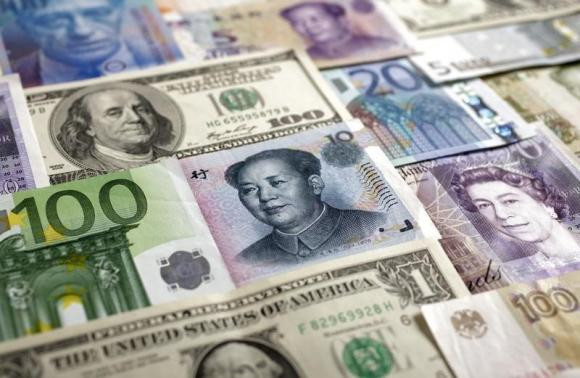Central banks watch: BoE inflation cues, Fed and RBA speakers, rate decisions by Sweden, Chile and Philippines

Inflation cues from the Bank of England and several speakers from the Federal Reserve and the Reserve Bank of Australia will be the key central bank events next week in addition to rate decisions by Sweden, Chile and the Philippines.
The BoE inflation report on 11 February will assess the overall economic scenario and refresh the growth and inflation projections for the UK.
In its November report, the central bank had said there were significant risks on both sides for inflation, but data later proved that it was the downside risk that dominated.
In December, the UK inflation rate fell below 1% to 0.5%, forcing the authorities to announce the publication of the inflation letter. The BoE issues such a letter only if inflation rises above 3% or falls below 1% as it targets an annual inflation rate of 2%.
This time the letter will be published on 12 February, and along with that, a speech by BoE governor Mark Carney will also be released.
With the US non-farm payrolls for January coming in dollar-positive and the GBP/USD holding not far away from an 18-month low, the Sterling's immediate future hinges on the inflation cues and Carney's take on the economy available next week.
RBA governor Glenn Stevens speaks on Monday as well as Friday and assistant governor Guy Debelle on Thursday. After Australia unexpectedly reduced the main interest rate in the last meeting, remarks by the policymakers will be keenly watched for additional cues.
The Fed speakers on the list are Richmond Fed President Jeffrey Lacker and Dallas Fed President Richard Fischer. Lacker will speak on Tuesday and Fischer on Wednesday as well as Friday.
The Swedish and the Philippines central banks will set rates on Thursday and Chile on Friday. While Sweden and Chile are on rate cutting cycles, the Philippines is on a tightening path.
Chile's main rate was at 5% in 2013 and was reduced to 4.5% by the next year. In 2014, the Latin American country slashed the rate by another 1.5%, taking it to 3%. Riksbank has it at 0% after reducing it in four steps from 1% in late 2013.
The Philippines, on the other hand, resorted to two 25 basis points hikes last year to take the key rate to 4% by September, where it is holding now.
© Copyright IBTimes 2025. All rights reserved.






















